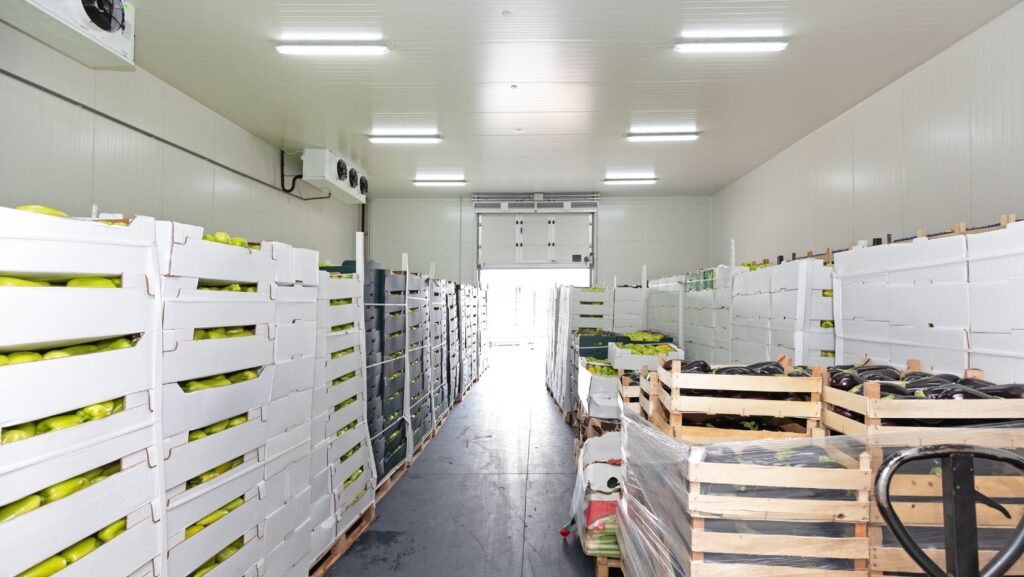In the world of culinary arts and food service, the integrity of stored food is paramount. A sudden power outage or equipment failure can disrupt operations, not to mention threaten the safety of perishable items. Whether you run a bustling restaurant, manage a catering service, or simply want to ensure your household stocks food safely, understanding how to manage food storage emergencies is crucial.
Recognising the Need for Emergency Preparedness
Preparing for food storage emergencies starts with recognising that they can occur at any moment. Factors such as equipment breakdowns, natural disasters, or logistical mishaps can lead to significant food loss and financial strain. Therefore, having a robust plan in place is essential.
One effective tool at your disposal is the use of rapid delivery cold rooms for urgent needs. These solutions can provide immediate refrigeration or freezing capabilities, allowing you to secure your inventory until a more permanent solution can be implemented. Companies such as Ice Cool Trailers offer emergency cold room fridge and freezer hire, ensuring that your food remains safe during unexpected crises.
Understanding the importance of these cold storage solutions can significantly enhance your emergency readiness strategy.
Practical Steps to Manage Food Storage Emergencies
1. Assess the Situation
The first step when a food storage crisis occurs is to quickly assess the extent of the problem. Check all relevant equipment—refrigerators, freezers, and any backup systems. Identify if the issue is a simple fix or a more complicated problem that requires external help.
2. Prioritise Perishables
Once you’ve assessed the situation, prioritise your perishable items. Foods such as dairy, meats, and certain vegetables have a shorter shelf life. If you’re facing a power outage, you may need to use these items first or get them to a safe environment as quickly as possible.
3. Implement Alternative Storage Solutions
Depending on the crisis, alternative storage solutions might be necessary. This is where tools like rapid delivery cold rooms become invaluable. With these facilities, you can temporarily relocate perishables to maintain their quality and safety.
In the case of a restaurant kitchen or catering service, having a network of resources for rapid delivery can make all the difference, allowing for quick decisions that save both food and finances.
4. Maintain Food Safety Standards
Even in an emergency, adhering to food safety guidelines is crucial. The UK Food Standards Agency provides clear guidelines on food safety during power outages. For instance, food should be kept at or below 8°C in the fridge and -18°C in the freezer. If food has been above these temperatures for more than four hours, it may be unsafe to consume.
5. Communicate Effectively
Communication is key during a food storage emergency. Inform your staff, suppliers, and customers if necessary. Keeping everyone in the loop ensures that appropriate measures can be taken quickly, reducing confusion and potential losses.
6. Create a Recovery Plan
Once the immediate crisis is managed, it’s important to evaluate the situation and create a recovery plan. This should include:
• Replacement Strategy: How will you replace lost inventory?
• Repair Procedures: What steps are needed to fix broken equipment?
• Emergency Contacts: A list of emergency contacts for repairs, suppliers, and cold storage providers.
Having this plan ensures you’re not just reacting but rather strategically planning for future emergencies.
Building an Emergency Kit
An emergency food storage kit can be incredibly useful.

This kit should be easily accessible and should contain essential items such as:
• Thermometers: To monitor temperature efficiently.
• Ice Packs or Dry Ice: For temporary cooling solutions.
• Flashlights and Batteries: In case of power outages.
• Emergency Telephone Numbers: Local suppliers, emergency services, and repair services.
In addition to these materials, ensure that all staff members are trained in emergency protocols and can quickly locate and utilise the kit when needed. Having a plan ensures that everyone knows their role, reducing stress during critical moments.
Learning from Experience
Ultimately, every food storage emergency is a learning opportunity. After the situation has been resolved, take the time to analyse what went wrong and how your response could improve.
• Conduct a Post-Mortem: What factors were at play, and could they have been mitigated?
• Update Plans: As systems improve and equipment changes, keeping emergency protocols updated is vital.
• Regular Drills: Conducting drills ensures that staff remain familiar with procedures.
Continuous improvement in your emergency management strategy not only saves you in the short term but can enhance long-term operational resilience.
Conclusion
Food storage emergencies are an inevitable part of running a food business or managing a kitchen. By preparing for these situations and employing efficient strategies, you can safeguard your perishable items and ensure swift recovery.
Utilising resources like emergency cold rooms for urgent needs can act as a lifeline during crises, helping to maintain food safety while you plan for the aftermath. With thoughtful preparation, effective communication, and a willingness to learn, you can turn potentially damaging experiences into opportunities for growth and resilience.
